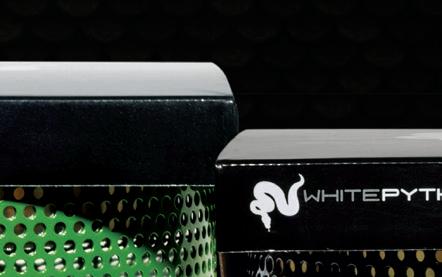
1 minute read
ANIMAL FACTS
Did you know...? Serval (Leptailurus serval)
The Serval ( Leptailurus serval ) is an African wildcat, widespread in sub-saharan countries and worshipped by the Ancient Egyptians for centuries.
Advertisement
Measuring around 60cm in length from shoulder to tail, this wild cat is a formidable predator. Camouflaged by their prized spotted fur, the serval can leap 9 feet in the air to catch birds, mid-flight. Camouflaged amongst the dense savannah grass and reeds, they use their long legs to pounce on prey, both in the air and on the ground. Studies found that servals are successful in 50% of their pounces and mothers with kittens are even more successful (62%). It is also thought that servals can track mole rats by listening to their movements beneath the ground. Once the mole rat surfaces, the serval will either sling the rodent into the air or deliver a blow with its paw that stuns the animal before the serval will consider taking a bite. They are solitary animals that spend mornings and evenings hunting, then resting in abandoned aardvark burrows during the hottest hours of the day.
The serval is widespread across 34 African nations which contributes to its ‘least concern’ status on the IUCN Redlist. While this vast range is positive for conservation, the distribution of habitable land for servals is diminishing. Feeding largely on rodents that are much more abundant in wetland environments, the serval, despite appearing to be adapted to arid environments, relies heavily on wetland habitats. This has led the North African subspecies (L. serval constantinus) to be considered endangered. Servals are also considered to be rare in South Africa where urbanization has accelerated.
The increase in infrastructure across many African countries is making serval-human interactions much more common, which often spells disaster for the serval. Cats which become too domesticated can find themselves at risk as they venture into urban environments.


























